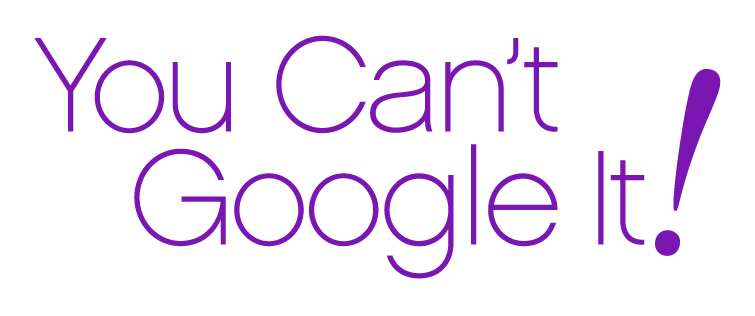Why Can’t We talk with Each Other? NOT To Each Other – NOT At Each Other?
/This is a topic I have been thinking and speaking about and spending more time with clients on for some time. Both the current degree of societal divisiveness and awkwardness since pandemic times have raised the level of urgency.
So I am rising to the occasion sparked by a fascinating play I saw recently called “American Rot” in New York at La Mama. It was directed by the renowned actor Estelle Parsons, who asked my colleague, Christina Weppner, to do the stage design and called it to my attention.
It is the kind of play you need to see (or read) 5 times to take it all in - at least twice to really start to process it, but lacking that time for most of us, I proposed a discussion at our next Brain Trust group meeting.
After viewing it, I remarked to one of the group who attended with me that the play portrays how people of many differences cannot talk civilly or at all with each other anymore. She asked me why that is. And I began to explain my thoughts on that. About talking WITH, not AT each other.
Though I have been an avid theatergoer since age 3 (literally), I am not in the habit of writing about plays in my business articles. However, allow me to use the play as context for the message I took away, which the New York Times reviewer clearly didn’t get (or chose to avoid.) Note: My article is not intended as a theater review.
The playwright is Kate Taney-Billingsley, a descendent of Supreme Court Justice Roger Taney, the justice responsible for writing the opinion that many people consider the most despicable and harmful opinion ever issued – the Dred Scott case.
The original version, an audio play, I learned from the Times review, was mainly a conversation between descendants of Dred Scott and Rodger Taney called by Jim to apologize to Walter Scott.The current version by the same playwright was updated to add numerous other characters exhibiting other types of biases. Having never heard the original audio play, titled ”A Man for His Time,” I am guessing Billingsley had a different purpose with this current one which she feels is more of a reflection of our time . Her message seemed to be how difficult people find it to talk with each other when they come from different perspectives and experiences – even if they think they come to the conversation originally with good intentions.
The play brought these questions to my mind about why it is so hard to talk with each other constructively.
1. Do you really want to solve a problem? Or just make yourself feel better?
2. Are you willing to be vulnerable?
3. Are you willing to be shown to be wrong?
4. How long can we live with a trust deficit? How much trust has to be established first?
5. If trust worthiness is the most sought-after trait in leaders, according to recent surveys, why is there so little of it? (See Edelman -Trust Barometer level declining drastically in all institutions)
Especially in the workplace:
6. Do toxic and burnout cultures irrevocably prevent meaningful talk?
7. How can managers be motivated to start and encourage conversations with and among team members?
8. How can we make people at work feel recognized beyond financially? (The various characters in “American Rot” did not feel recognized.by others in the diner where it takes place.)
9. Will more use of AI help or hinder the ability to talk sincerely and authentically to each other?
10. Does seeking to attract social media reactions color our authenticity?
I intend to begin an attempt to address these in a series of blog posts each covering a few of them.
CTA: Please participate in the conversation with your comments.
© Phyllis Weiss Haserot 3.24


